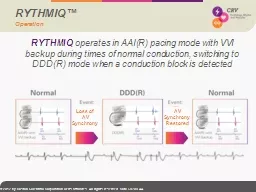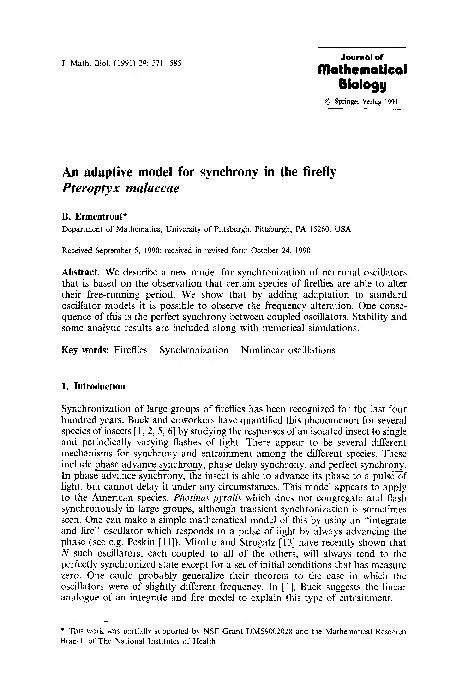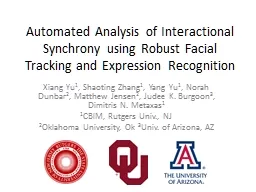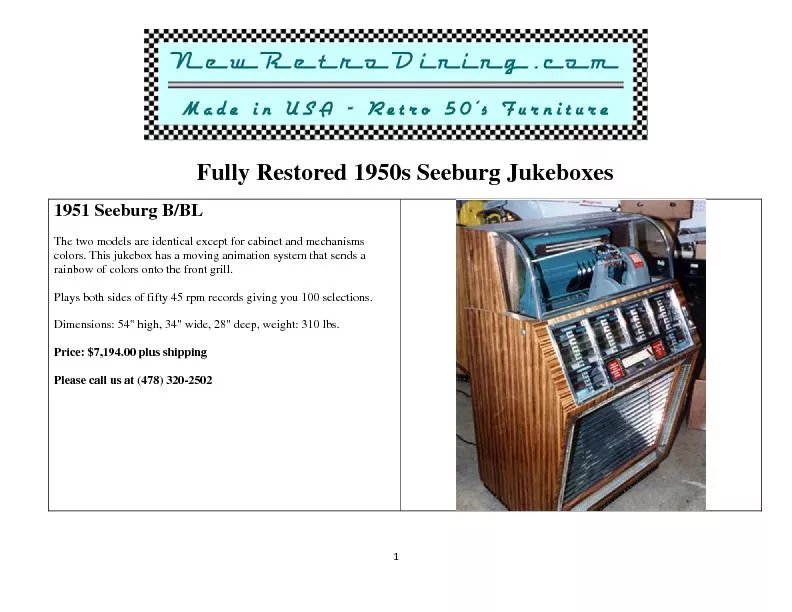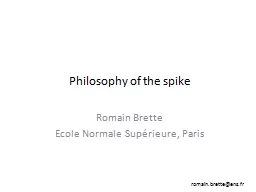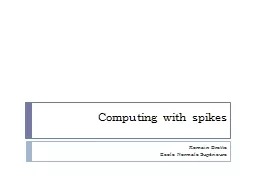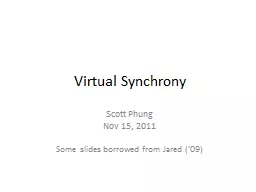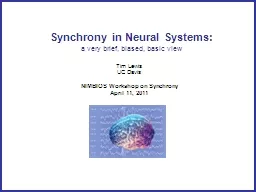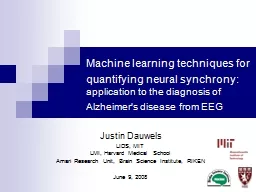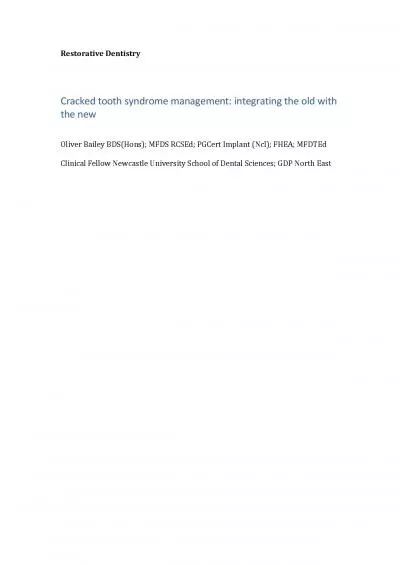PPT-AV Synchrony Restored
Author : debby-jeon | Published Date : 2016-02-23
RYTHMIQ operates in AAIR pacing mode with VVI backup during times of normal conduction switching to DDDR mode when a conduction block is detected Loss of AV
Presentation Embed Code
Download Presentation
Download Presentation The PPT/PDF document "AV Synchrony Restored" is the property of its rightful owner. Permission is granted to download and print the materials on this website for personal, non-commercial use only, and to display it on your personal computer provided you do not modify the materials and that you retain all copyright notices contained in the materials. By downloading content from our website, you accept the terms of this agreement.
AV Synchrony Restored: Transcript
Download Rules Of Document
"AV Synchrony Restored"The content belongs to its owner. You may download and print it for personal use, without modification, and keep all copyright notices. By downloading, you agree to these terms.
Related Documents

